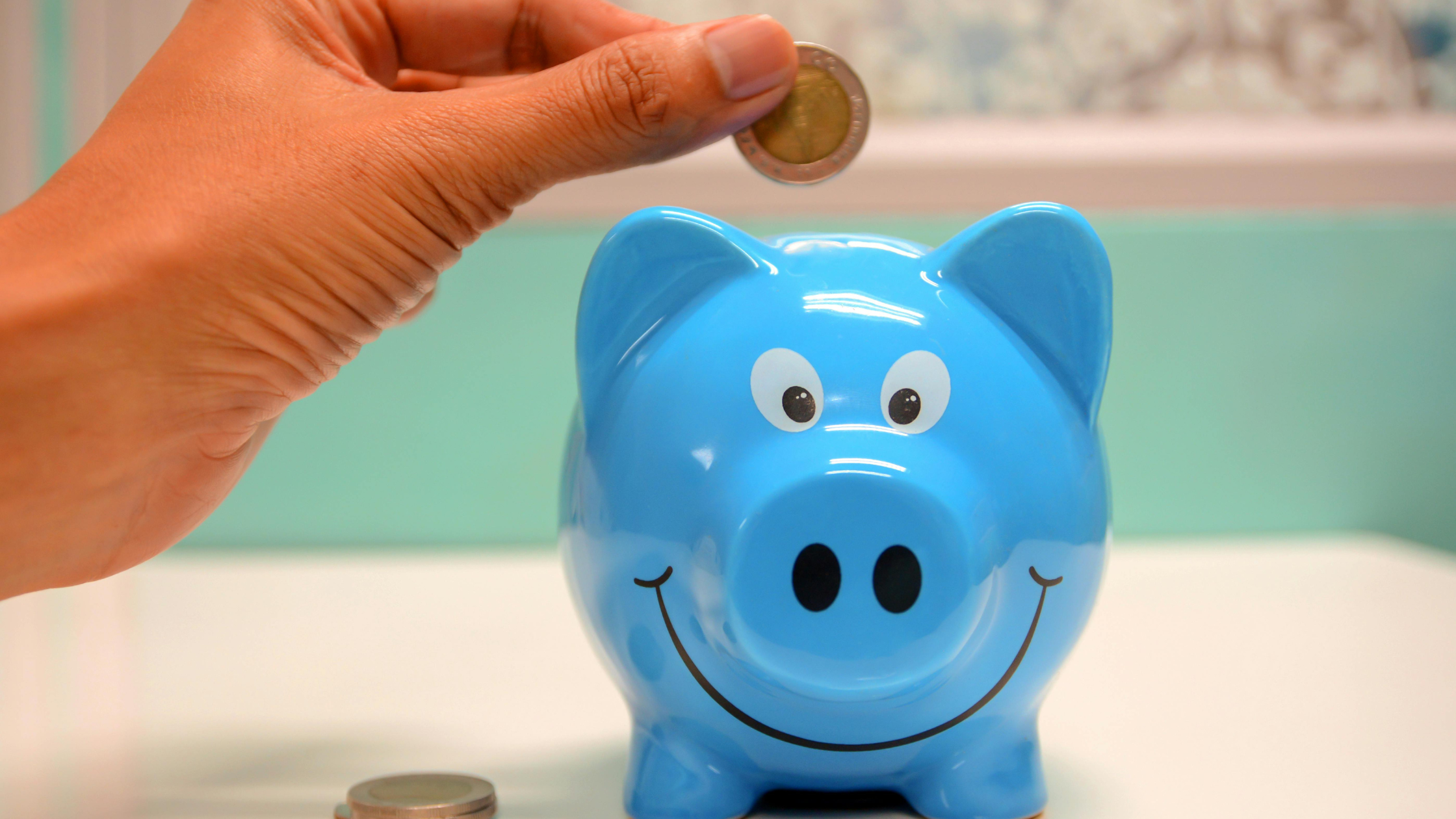A Quick Guide to Building an Emergency Fund

At some point in your life you will encounter an unexpected financial emergency. Setting up an emergency fund is a necessary way to protect yourself and prepare for future emergencies. By putting money aside you can help out your future self!
What is an Emergency Fund?
An emergency fund is money that you set aside in case of an emergency, such as if you have an unexpected expense like a medical bill or car repair, or you suddenly get laid off. Basically, an expense that is unpredictable and unplanned for.
It’s important not to confuse an emergency or unexpected expense with an irregular or occasional expense. You should make sure to plan for irregular expenses in its own savings account and leave your emergency fund for those that are truly unexpected.
Why is it Important to have an Emergency Fund?
An emergency fund is important because it helps you:
- Handle an unexpected expense without getting into debt
- Avoid high-cost loans
- Have financial control
- Have peace of mind
How to Build your Emergency Fund
The first step in building your emergency fund is to determine how much you spend in a month. The more data you can get the better. Ideally, you should try to save the equivalent of 3 to 6 months of your regular expenses. You can also aim to save 3 to 6 months of income. For me, I wrote a script that takes in my monthly bank statements and breaks it into different categories. From that information, I was able to see that I average around $3,500 a month and I needed to save $21,000 to have 6 months of emergency funding.
The second step is to open a savings account. Remember that in an emergency you’ll most likely need to access your money quickly, so make sure you put your money in an account that won’t charge you to withdraw and it is easy to withdraw in a timely manner. Make sure your savings account is separate from an account you use for day-to-day expenses. Preferably, you’ll also want the account to use a high yield savings account that has no transaction fees.
The last and arguably the hardest step is to start saving. It can be daunting trying to save a large sum of money but one of the best things you can do is make a habit out of it. Determine an amount that you will take out of your paycheck or that you will set aside each month. You can even set up automatic recurring payment to go directly to your emergency fund. You may encounter some months where you need to save less, don’t let that discourage you because there are some months you’ll be able to contribute more.